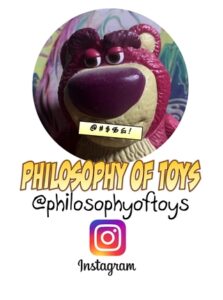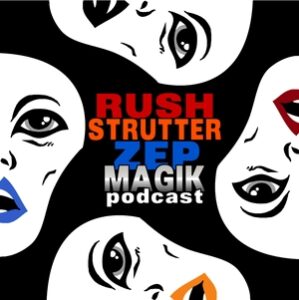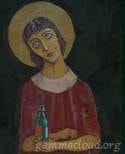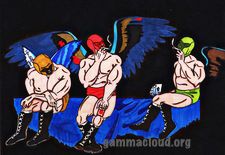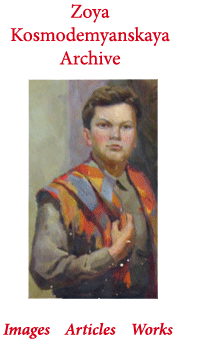Recently, The Christian Science Monitor featured a piece entitled “Stephen King’s 10 Favorite Books” as part of an ongoing series in which famous authors share a bit about the works that have inspired them. I couldn’t help but to take an inventory of my own treasured tomes. I tried my best to keep the list at 10 titles but I ended up with a solid dozen. Read on…
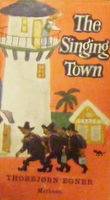 The Singing Town – Thorbjørn Egner; Macmillan, 1959.
The Singing Town – Thorbjørn Egner; Macmillan, 1959.
Written by a Norwegian children’s author and illustrator, The Singing Town is a collection of funny stories and songs about a town called Karemomma. It’s one of the first books I remember as a child and the fact that my copy is a “discard” from the collection of the Ashland Public Library lends it extra sentimental value.
We read it to our younger daughter years ago and at present, we’re sharing it with our younger daughter. It’s really nice to pass these memories on.
 The Animated Thumbtack Railroad Dollhouse & All-Around Surprise Book (Evening Edition) – Louis Phillips and Lynn Braswell; Lippincott (1975).
The Animated Thumbtack Railroad Dollhouse & All-Around Surprise Book (Evening Edition) – Louis Phillips and Lynn Braswell; Lippincott (1975).
Possibly one of the strangest children’s books ever, The Animated Thumbtack is an intriguing collection of puzzles, factoids, bizarre illustrations and offbeat humor. I discovered this book while I was a student at Stonewall Elementary School in Lexington, Kentucky.
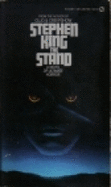 The Stand – Stephen King; Signet Mass Market Paperback edition, 1980.
The Stand – Stephen King; Signet Mass Market Paperback edition, 1980.
I tore through the Signet paperback edition of The Stand when I was around 15 or 16 years old. This might have been my first exposure to post-apocalyptic fiction and the book came to my attention right around the beginning of my interest in horror stories and films. To this day, I measure storytelling by the mark set by Stephen King in The Stand.
 2001: A Space Odyssey – Arthur C. Clarke; Signet, 1968.
2001: A Space Odyssey – Arthur C. Clarke; Signet, 1968.
After watching Stanley Kubrick’s cinematic adaptation of this book at the age of 16 or so, I turned to the book itself to resolve some unanswered questions. As fantastic as the visual effects and music were in Kubrick’s avant-garde rendering of the story, I found Clarke’s original version much more interesting and engaging.
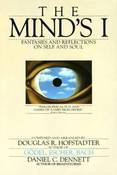 The Mind’s I: Fantasies and Reflections on Self And Soul – Douglas Hofstadter; Bantam Books, 1981.
The Mind’s I: Fantasies and Reflections on Self And Soul – Douglas Hofstadter; Bantam Books, 1981.
I discovered this book while working as a “shelver” in a public library and from the moment I read “On Having No Head” by D.E. Harding, I was captivated by the intricate complexity of this compendium of philosophical perspectives. To this day, some of the works in this collection are woefully beyond my comprehension but I’m still fascinated by the scope and breadth of material in this book.
My blog article, “Do dogs know they have faces?” is a recent example of my continuing appreciation for Hofstadter’s work.
 Che Guevara and the Cuban Revolution – Ernesto Che Guevara; Pathfinder Press, 1987.
Che Guevara and the Cuban Revolution – Ernesto Che Guevara; Pathfinder Press, 1987.
My first major exposure to Che’s writings, this book included works from every major phase of his life as a revolutionary. I’ve always especially appreciated Che’s writings on production and distribution of good like soap, toothpaste and soft drinks in 1961 speech entitled, “Tackling Cuba’s Economic Problems.” The work shows a particularly astute and pensive side of Che who served as head of Cuba’s Industry Department of the National Institute of Agrarian Reform and President of Cuba’s National Bank.
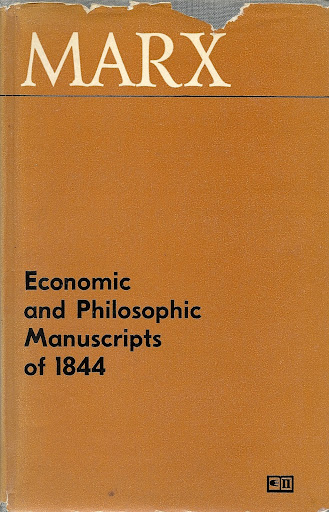 Economic and Philosophic Manuscripts of 1844 – Karl Marx; Progress Publishers, 1974 edition. (full text online)
Economic and Philosophic Manuscripts of 1844 – Karl Marx; Progress Publishers, 1974 edition. (full text online)
As I began to study socioeconomic stratification in some detail through my work as a graduate student, my academic advisor provided me with this slim volume that, among other things, contained Marx’s theory of alienation (also referred to as “estrangement.”) The same instructor loaned me a copy of White Collar by C. Wright Mills, but I found Marx’s work more persuasive.
 Selected Works of Marx and Engels in One Volume – Karl Marx and Frederick Engels; International Publishers, 1986 edition. (full text online)
Selected Works of Marx and Engels in One Volume – Karl Marx and Frederick Engels; International Publishers, 1986 edition. (full text online)
I was still interested in Marx after graduate school and I started purchasing collections of Marxist texts though eBay, eventually building a formidable library of material progressive and communist texts. This volume was in one of the original lots that I purchased and I still consider it to be the most authoritative collection of texts by Marx and Engels. One of my favorite pre-parenthood memories of marriage was the night Thomai asked me to read her something while she fell asleep. I chose “The Part Played by Labour in the Transition from Ape to Man” from this volume and she was out in minutes.
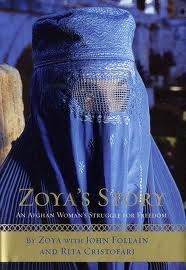 Zoya’s Story: An Afghan Woman’s Battle for Freedom – Zoya with John Follain and Rita Cristofari; William Morrow, 2002.
Zoya’s Story: An Afghan Woman’s Battle for Freedom – Zoya with John Follain and Rita Cristofari; William Morrow, 2002.
I may have checked this book out from the library because of my deep respect for female revolutionaries. Then again, It may have been my interest in the history and development of conditions in “modern” Afghanistan following the September 11 attacks. Whatever the case, the story of Zoya’s resistance in the face of severe and unrelenting oppression was one of the most riveting and compelling works I’ve ever encountered. This volume also introduced me to the story of Zoya Kosmodemyanskaya who inspired the author to take her name as a nom de guerre.
I really think that women everywhere would benefit from reading this book.
 The Story of Zoya and Shura – Lyubov Kosmodemyanskaya; Foreign Languages Publishing House, 1953. (full text online)
The Story of Zoya and Shura – Lyubov Kosmodemyanskaya; Foreign Languages Publishing House, 1953. (full text online)
The definitive story of Lyubov Kosmodemyanskaya’s martyred daughter and son so greatly moved me that I transcribed the entire work and placed it on the Internet for all to share. Zoya Kosmodemyanskaya’s story was the inspiration behind our younger daughter’s name when she was born in 2004.
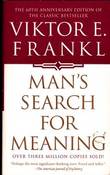 Man’s Search for Meaning – Viktor Frankl; Beacon Press, 1959.
Man’s Search for Meaning – Viktor Frankl; Beacon Press, 1959.
I discovered Frankl’s work as I was developing an appreciation for existentialist philosophy. Frankl’s enduring message that optimism and purpose can prevail in the face of incredible pain and suffering is a theme that I’ve revisited in difficult times and I often refer others to this book when I feel they might benefit from his insight.
 Have a Nice Day!: A Tale of Blood and Sweatsocks – Mick Foley; HarperCollins, 1999.
Have a Nice Day!: A Tale of Blood and Sweatsocks – Mick Foley; HarperCollins, 1999.
Mick Foley set the standard for sports autobiographies with this book. This gigantic tome follows him on his journey from Bloomington, Indiana to center stage in Madison Square Garden (with a layover in Sankara’s Burkina Faso). Quite simply, it’s the best pro wrestling memoir ever.


